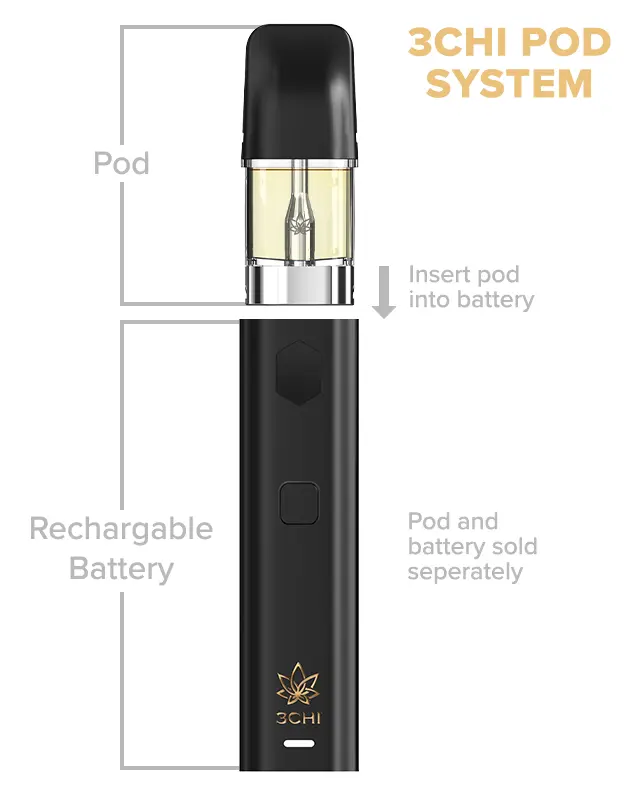Ingenious Turn Products High-Quality Vape Mods
Ingenious Turn Products High-Quality Vape Mods
Blog Article
The Environmental Effect of Disposable Vapes: Are They Really Lasting?
Non reusable vapes, a flourishing market section in the vaping sector, have stimulated disputes regarding their environmental influence. With issues varying from source removal to waste disposal, diving right into the ecological impact of disposable vapes unveils a multifaceted problem that should have more detailed exam.
Environmental Impact of Non Reusable Vapes

Unlike typical vapes that can be replenished and reused, disposable vapes are made for a single-use cycle, causing a fast accumulation of digital waste. The manufacturing process of non reusable vapes also takes in valuable resources and power, further worsening their environmental impact. Inappropriate disposal of these devices can lead to dirt and water contamination, posing dangers to wild animals and ecosystems.

Production Refine and Resource Consumption
During the production of non reusable vapes, considerable amounts of sources and power are taken in, adding to their general ecological impact. In addition, the production of disposable vapes often includes the usage of non-renewable resources, additionally depleting finite products.
Moreover, the manufacturing of non reusable vapes likewise creates waste and contamination. Manufacturing facilities producing these gadgets might launch damaging chemicals and results right into the dirt, water, and air, affecting neighborhood communities and areas. The disposal of making waste, such as plastic scraps and electronic elements, can additionally intensify ecological degradation if not taken care of correctly. As a result, the manufacturing process of disposable vapes plays a substantial function in their total ecological impact and sustainability factors to consider.
Waste Generation and Disposal Difficulties
In light of the resource-intensive production process of non reusable vapes, the administration of waste generation and disposal presents substantial environmental challenges. Non reusable vapes contribute to the mounting concern of electronic waste due to their single-use nature and complex composition.
Furthermore, the inappropriate disposal of disposable vape cartridges, which often have residual pure nicotine and other toxic materials, can pollute the environment otherwise dealt with appropriately. The absence of standardized recycling programs for these cartridges aggravates the issue, with many finishing up in regular waste streams.
To resolve these waste generation and disposal difficulties, it is critical for makers to design even more sustainable vape products that are easier to recycle. In addition, boosted recognition and education on correct disposal methods among customers are essential in minimizing the environmental effect of non reusable vapes.
Chemicals and Harmful Products Use

In addition, the batteries in disposable vapes have heavy metals such Your Domain Name as lead, lithium, and cadmium, which are damaging to the setting if not recycled properly. Turn products. Inappropriate disposal of these batteries can cause soil and water contamination, presenting threats to communities and human wellness. The extensive usage of chemicals and hazardous products in non reusable vapes emphasizes the importance of adopting sustainable practices in their production, disposal, and usage to minimize adverse ecological influences.
Lasting Alternatives and Solutions
What sustainable alternatives and services can be applied to attend to the ecological impact of non reusable vapes? One considerable choice is the adoption of rechargeable or refillable vape gadgets. By choosing gadgets that can be charged and filled up with e-liquid, consumers can dramatically minimize the amount of waste produced from disposable vapes. Additionally, promoting responsible disposal practices for disposable vapes, such as reusing programs, can aid alleviate the environmental consequences connected with these items.
An additional sustainable solution is the advancement of naturally degradable vape components. Makers can explore making use of naturally degradable products for vape visit the site housings, cartridges, and product packaging to decrease the lasting environmental influence of these products. Additionally, motivating the usage of vaping items with fewer chemical additives and contaminants can also add to a more sustainable vaping sector.
Education and learning and awareness campaigns can play an essential duty in advertising sustainable methods amongst vapers - Turn products. By informing consumers regarding the ecological impact of disposable vapes and highlighting the benefits of eco-friendly options, people can make even more informed choices that line up with ecological preservation initiatives. Ultimately, a combination of regulative actions, technological developments, and customer activities is important to address the environmental difficulties presented by non reusable vapes
Verdict
In verdict, the ecological effect of disposable vapes is significant due to the manufacturing procedure, source consumption, waste generation, and use chemicals. Sustainable choices and solutions must be taken into consideration to minimize these unfavorable impacts. It is essential for producers and consumers to focus on ecologically friendly techniques to minimize index the ecological damage caused by disposable vapes.
The ecological effect of disposable vapes is an expanding issue as their widespread usage adds to plastic waste buildup.Unlike typical vapes that can be replenished and reused, disposable vapes are made for a single-use cycle, leading to a fast accumulation of digital waste. The widespread usage of chemicals and harmful products in disposable vapes emphasizes the value of adopting lasting practices in their production, use, and disposal to mitigate negative environmental effects.
By informing consumers concerning the environmental effect of non reusable vapes and highlighting the benefits of eco-friendly options, individuals can make even more informed options that straighten with environmental conservation initiatives.In conclusion, the environmental influence of non reusable vapes is significant due to the manufacturing procedure, resource usage, waste generation, and usage of chemicals.
Report this page